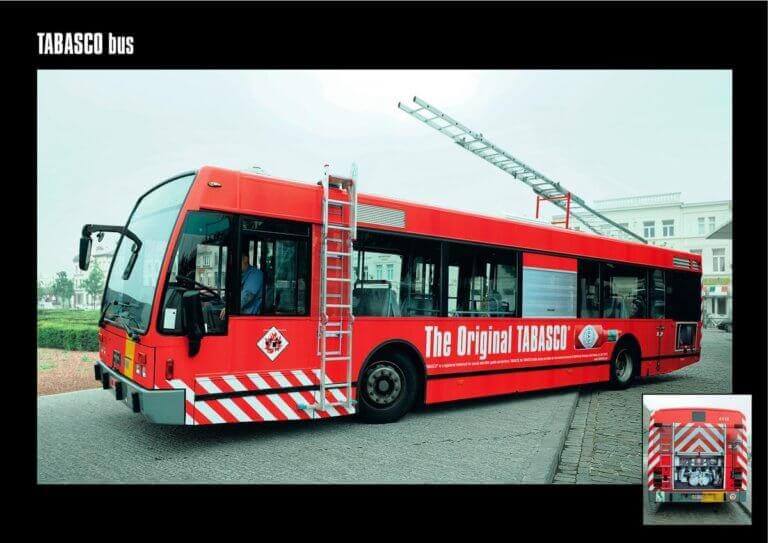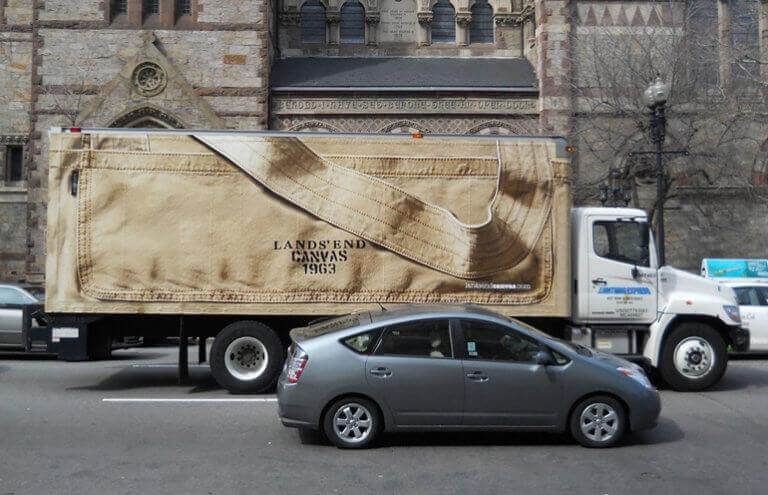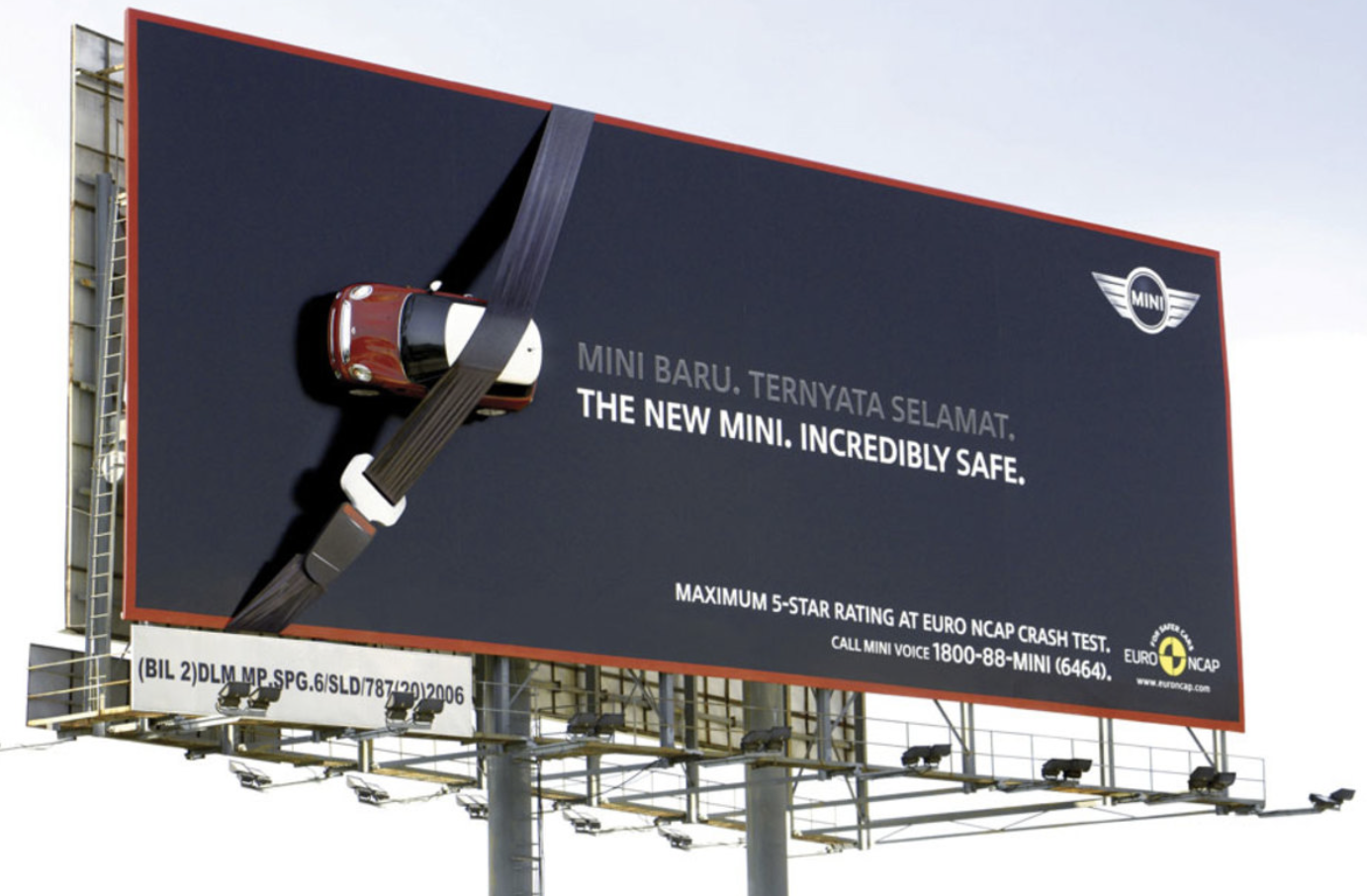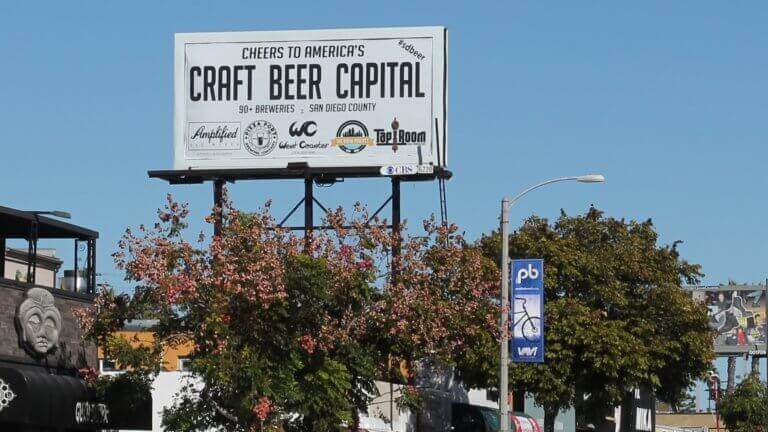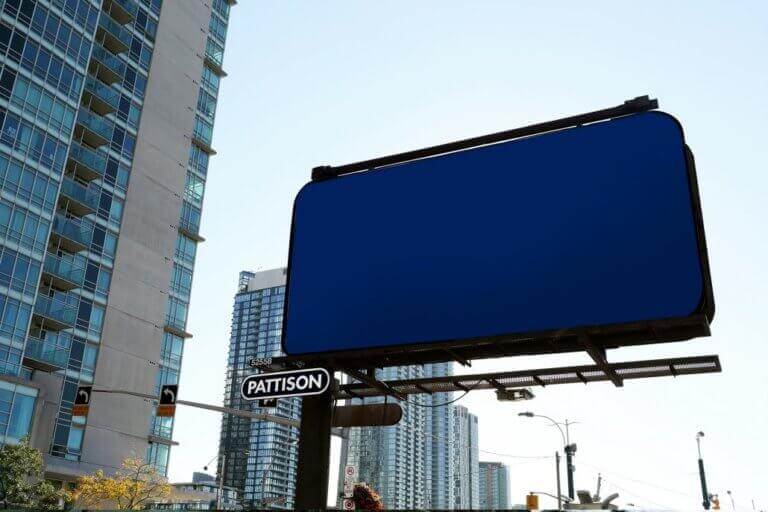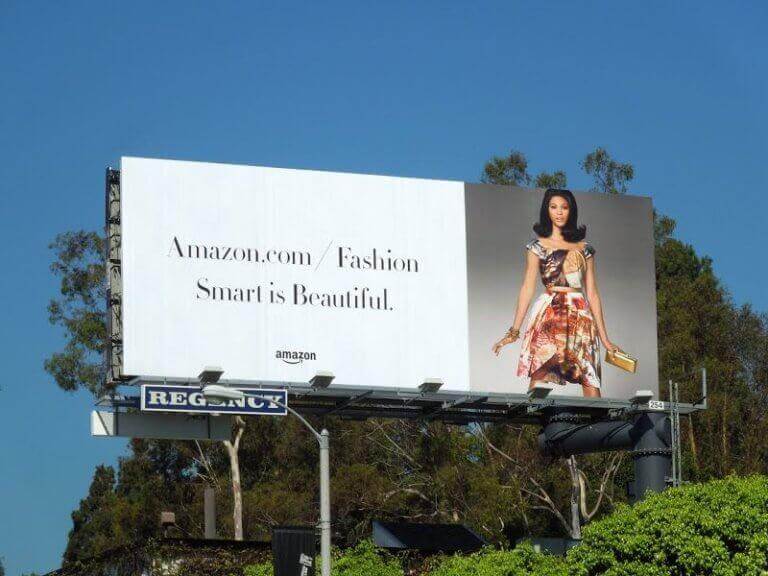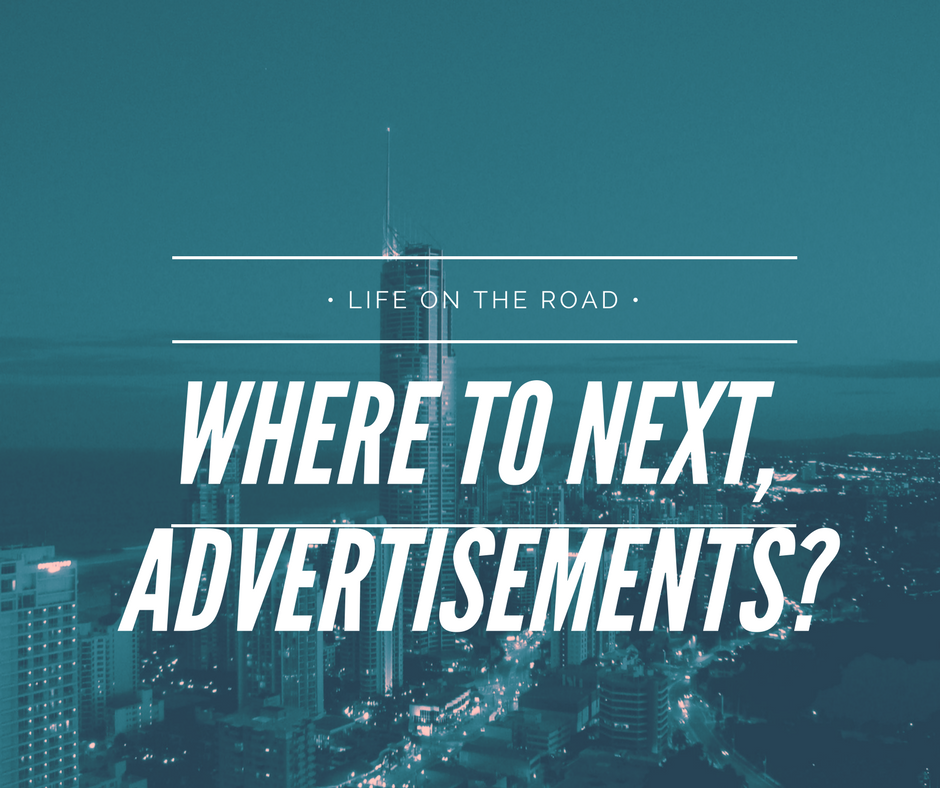Transit advertising is a definitive way to get outdoor advertising across to commuters and pedestrians alike. It’s a form of alternative advertising that speaks to a variety of consumers, highlighting different products, companies, or events. It can be directional, as the route it travels on can lead the commuter to the exact location of the business. Or it can be promotional, as the vehicle wrap and design can cast light on an upcoming Blockbuster film or concert featured in the city. Whatever it may be, transit advertising provides quality outdoor signage to an urban audience.
Also referred to as “advertising on transport”, transit advertising are ads placed on or in any mode of transport – from buses to taxis, trains, trams, and subways. It also includes advertisements placed in transport waiting areas or loading stations such as bus stops, subway entries, fuel stations, and others.
Transit advertising can show face in the form of graphics, simple text or other visual information. In fact, some businesses also prefer to make use of LCD screens or plasma placed strategically inside buses or trains to have a digitally brilliant affect on commuters. This post will take a look at some drawbacks of transit advertising, and offer valid alternatives to advertise in an OOH setting.
Read More



